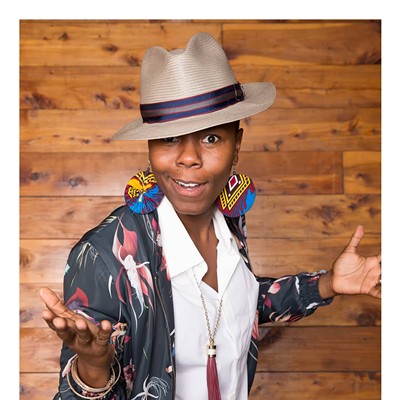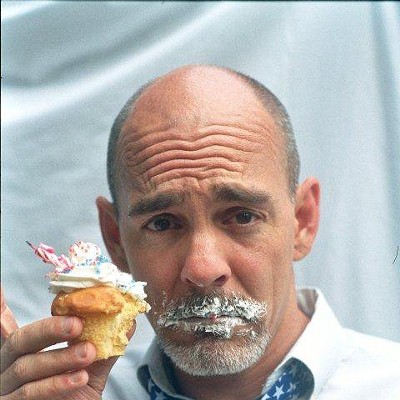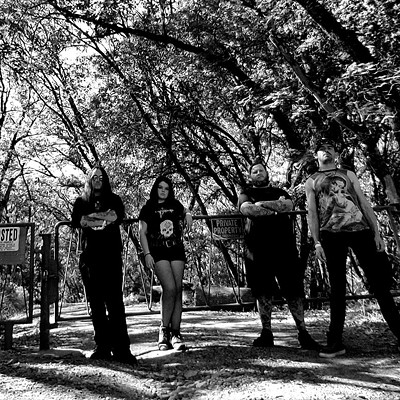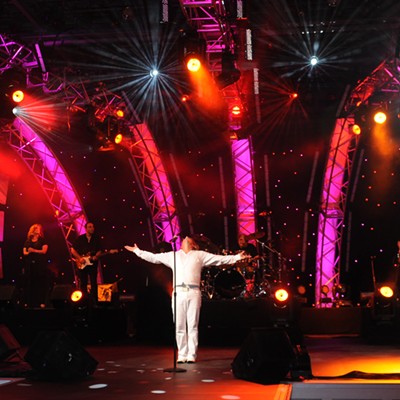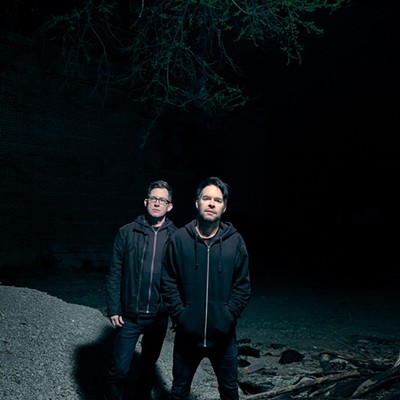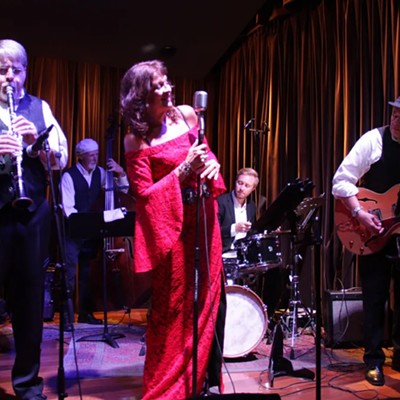For more than 30 years, the Dirty Dozen Brass Band has incorporated elements of R&B, funk, rock, bebop and hip-hop into the traditional New Orleans brass-band sound.
It's hard to believe, considering the institution the band has become, but such a combination once was viewed as radical.
"From the beginning, we brought a lot of different influences to the brass band," saxophonist Roger Lewis said last week. "A lot of the so-called purists started giving us static at the time, because we were adding our originals, or Thelonious Monk and Charlie Parker and Michael Jackson, to the second-line sound. But when we took that down to the street, the people be dancing; they be going crazy to the sound."
The purists may have scoffed in 1977, but the people in the street understood. "When we did a second line, we didn't have hundreds; we had thousands."
Lewis was calling from New Orleans around 1 a.m. his time, having just finished playing baritone sax with the Delfeayo Marsalis Big Band. It's one of the many groups with which he plays during the Dirty Dozen Brass Band's downtime.
"I like to play with Delfeayo on Wednesdays when I am in town, because it gives me a chance to read some music, keep my chops up," Lewis said.
Over the years, the Dirty Dozen's innovations have informed the work of other artists. Among the groups that have been directly or indirectly influenced by Dirty Dozen's pioneering amalgam of styles are the Rebirth Brass Band, the Youngblood Brass Band and the MarchFourth Marching Band.
"You listen to a lot of the younger brass brands these days, and they'll be doing Dirty Dozen. But also, a lot of brass bands don't take time to fine-tune their arrangements like we do. They just get in there and blow. Some of them be taking the easy way out and play in one mode, and not do all the intricate stuff we do."
The group has created an industry for itself in collaborating with other musicians. The Dozen has played and/or recorded with such diverse artists as Dr. John, Dizzy Gillespie, John Medeski, Elvis Costello, Branford Marsalis, DJ Logic, Norah Jones, Widespread Panic, Olu Dara, David Bowie, Dave Matthews, Robert Randolph, Buddy Guy, Joss Stone and Modest Mouse. Dirty Dozen opened for The Black Crowes during its 1995 tour.
Lewis is one of the five original members—along with trumpeters Gregory Davis and Efrem Towns, tenor saxophonist Kevin Harris and award-winning sousaphone player Kirk Joseph—remaining in the band, which usually numbers seven or eight.
Although Lewis plays most of the varieties of saxophone—soprano, alto, tenor and baritone—he noted that when on baritone, he fills a special role in the music of the Dirty Dozen Brass Band.
"One of the unique things about our music in Dirty Dozen is, instead of clarinet like in other brass bands, we have baritone sax. We play it like a lead, like another trumpet, and also interweave it with the bass line. Of course, you can play it as a part of the (saxophone) section, but the baritone is best as a free agent; it should stand out. That interaction gives the music that swing, that groove. It gives it the funk."
The latest release by the Dozen is a remastered, 25th-anniversary reissue of the group's debut album, My Feet Can't Fail Me Now. The tracks on that recording—including originals, traditional New Orleans standards such "St. James Infirmary" and sprawling brass-band interpretations of Thelonious Monk's "Blue Monk" and Duke Ellington's "Caravan"—sound as fresh today as they did in 1984.
The Dirty Dozen's most recent new album was 2006's What's Going On, a track-by-track re-creation of Marvin Gaye's legendary 1971 album of the same name. Featuring guest vocals by Chuck D., Bettye LaVette, G. Love, Ivan Neville and Guru, it was a response to the devastation of Hurricane Katrina and pointedly referred to many of the social issues left behind after the floodwaters receded.
Five years later, Lewis still considers What's Going On a high point in Dirty Dozen history. "And I'm one of those guys who praises nothing. But it is the story of the city and the spirit of the city that survives after the storm. There's just so much feeling in that record."
Another important work addressing post-Katrina New Orleans is the moving HBO program Treme (named for one of the city's neighborhoods), which has showcased the talents of many amazing NOLA musicians, from Kermit Ruffins and Trombone Shorty to Coco Robicheaux and Jon Cleary.
In the recently aired first episode of Treme's second season, the Dirty Dozen Brass Band jams with two of New Orleans' most popular contemporary exports—the funk band Galactic, and the rapper Juvenile.
The music of New Orleans is not simply concerned with traditional forms. The nature of NOLA music includes assimilation, reinvention and innovation in styles such as boogie-woogie, Cajun, country, zydeco, blues, rock, ragtime and swing.
"In New Orleans, there is every kind of music you can find in the world. It is still the most musically creative city in the country," Lewis said.
The Dirty Dozen is preparing to hit the road for a West Coast tour that will bring it back to Tucson for a May 24 gig at the Rialto Theatre. Later in the year, the band will tour South America, go to Australia and probably head to Europe, where it is been popular since its beginnings in the 1970s.
At its touring peak, the Dozen played 300 dates a year, Lewis said. Now, they do maybe 200 in a 12-month period. He calls the road unforgiving.
"If it's not the jet lag, it's the tour bus. You can't get any real rest on the bus. You gotta be somewhat of a soldier when playing on the road. You gotta have a strong mind and body and spirit to be a road musician. But once you hit the bandstand, that exhaustion goes away, and for a couple of hours, you're right with the world."

